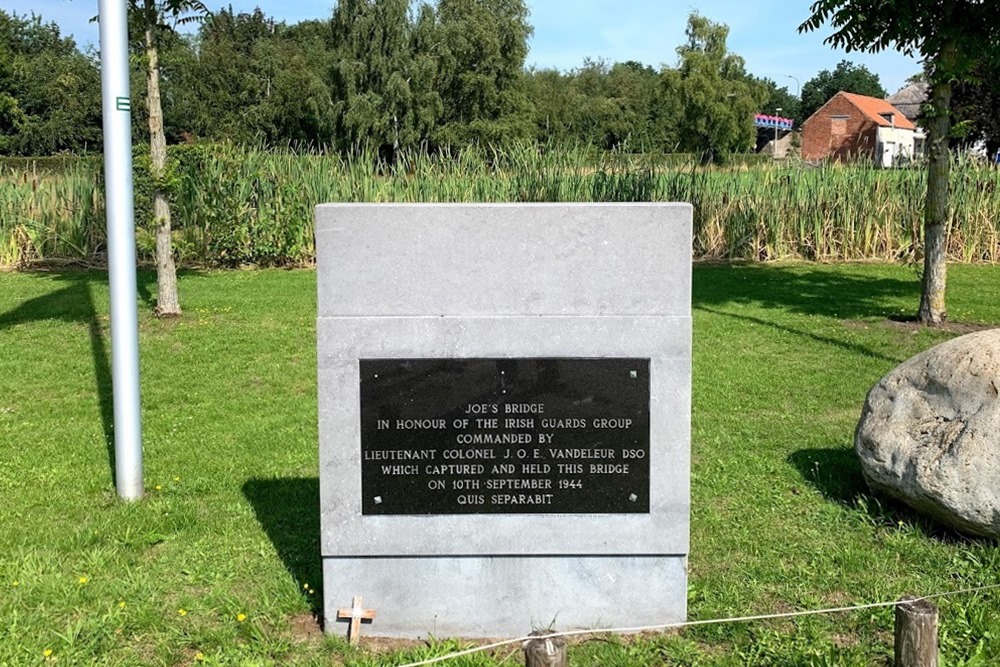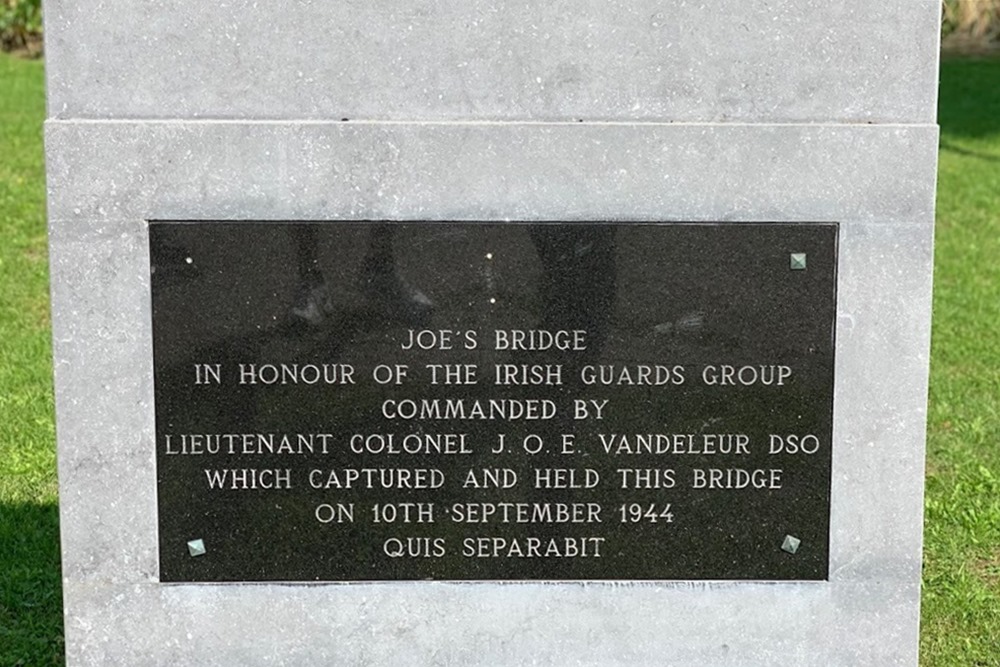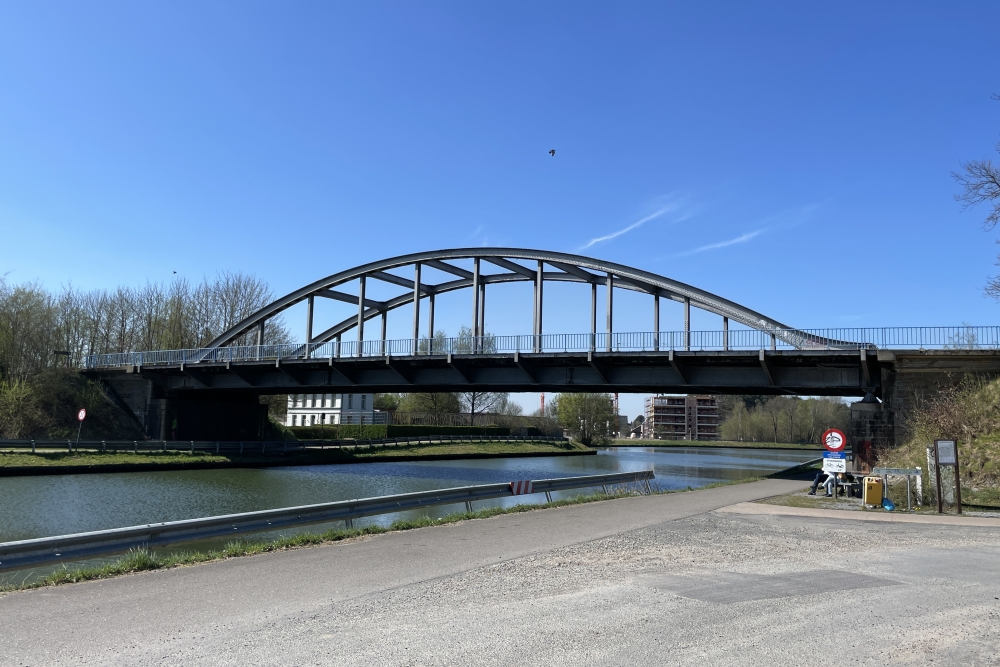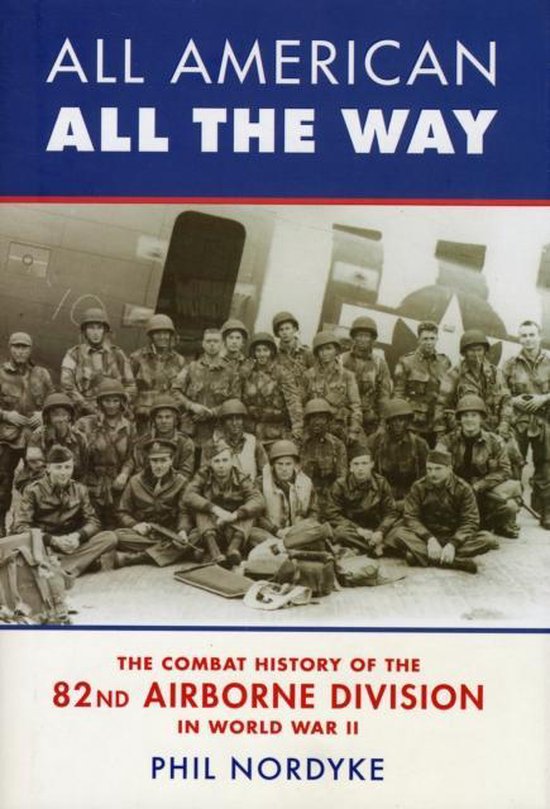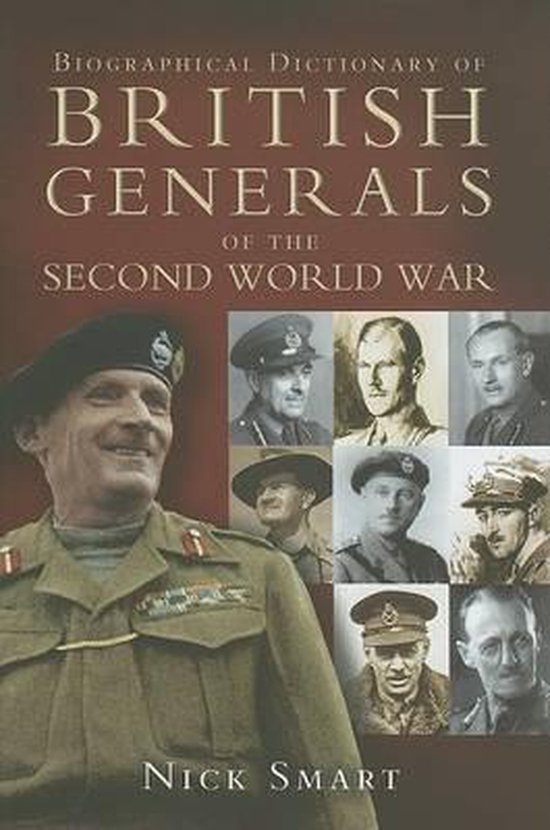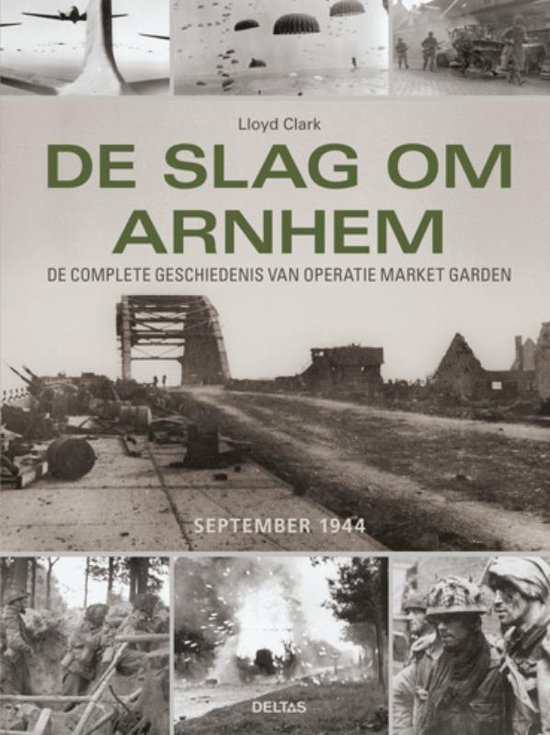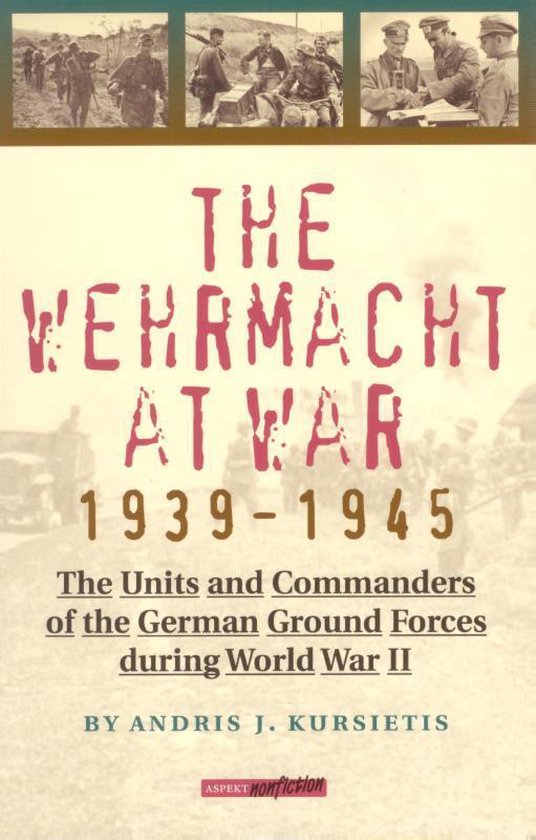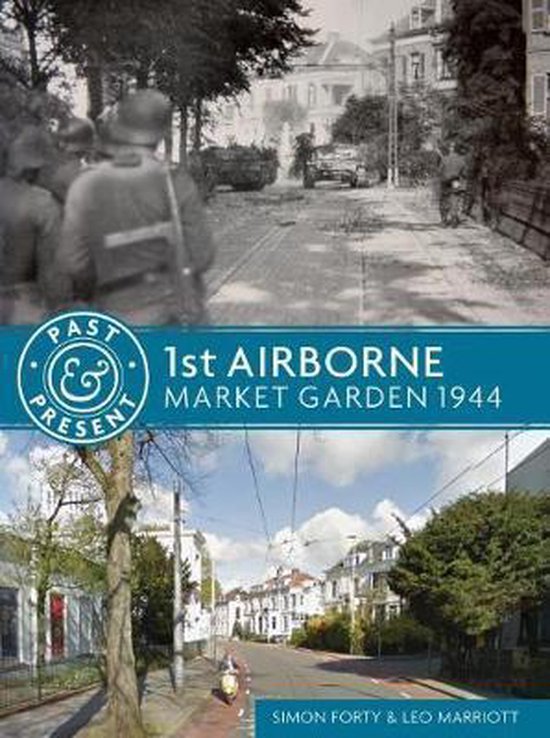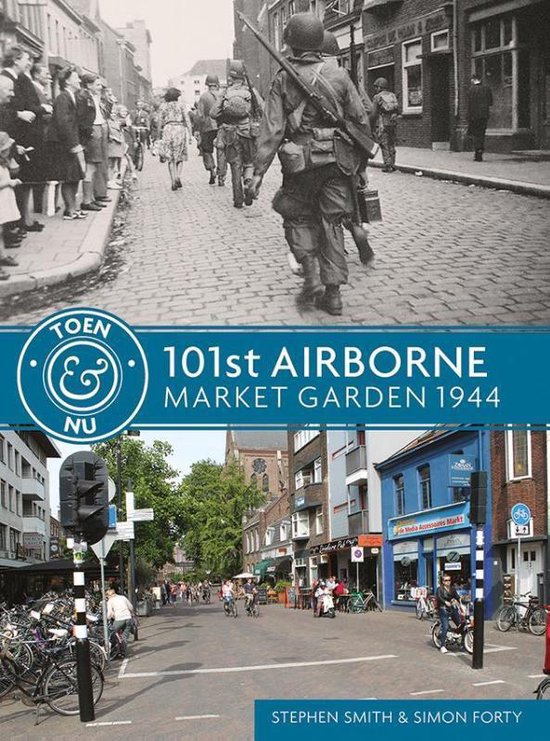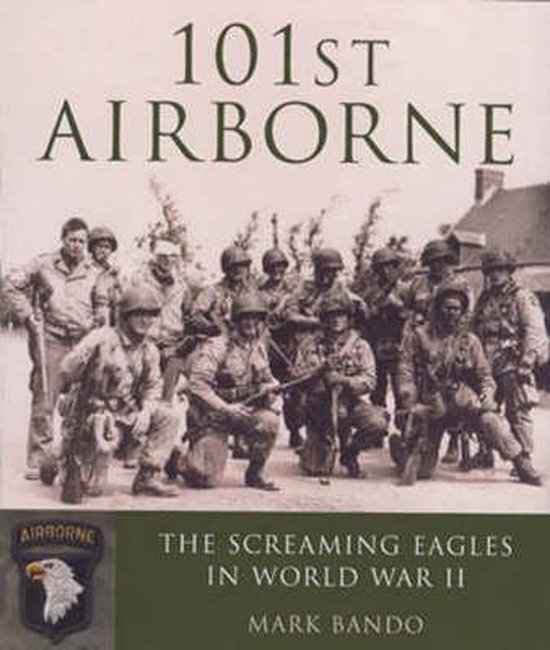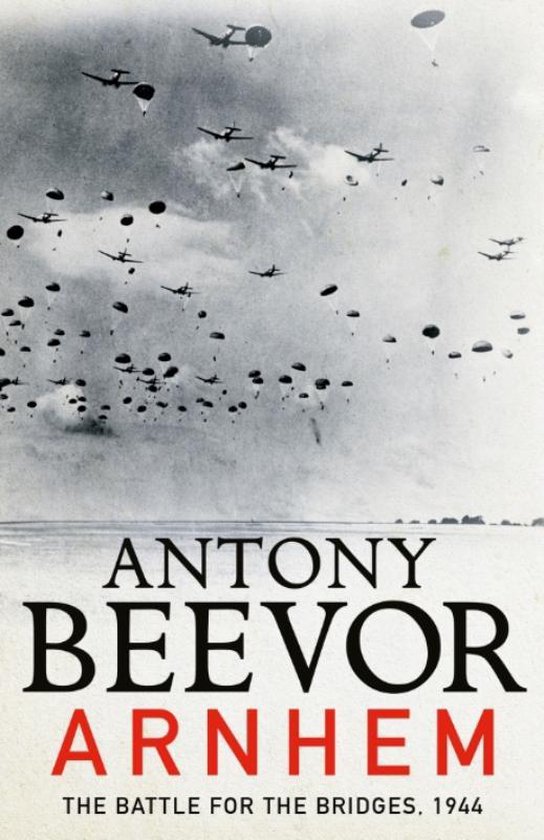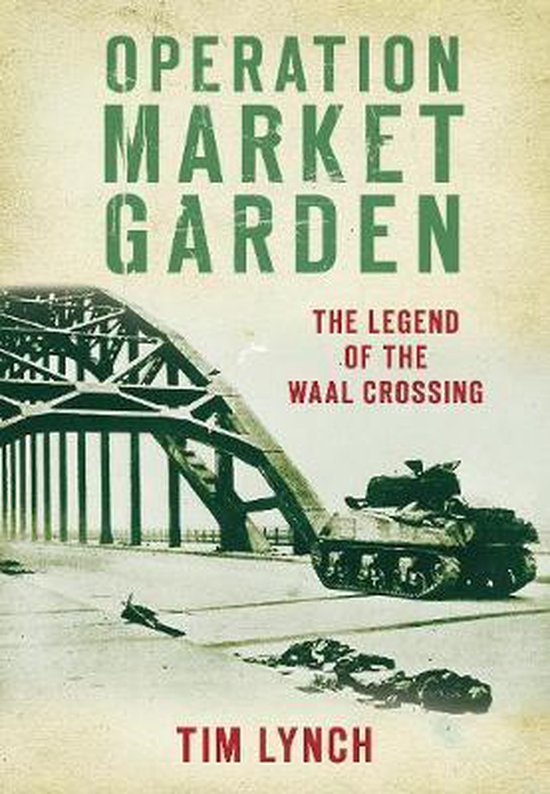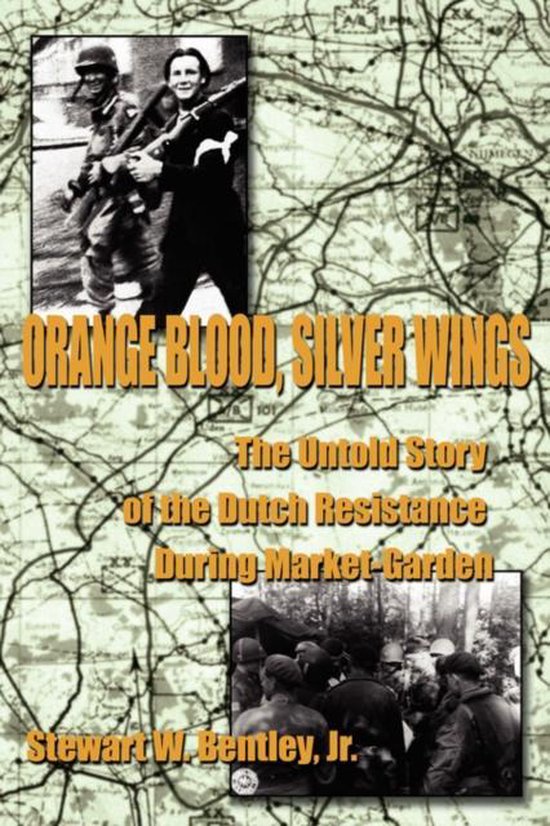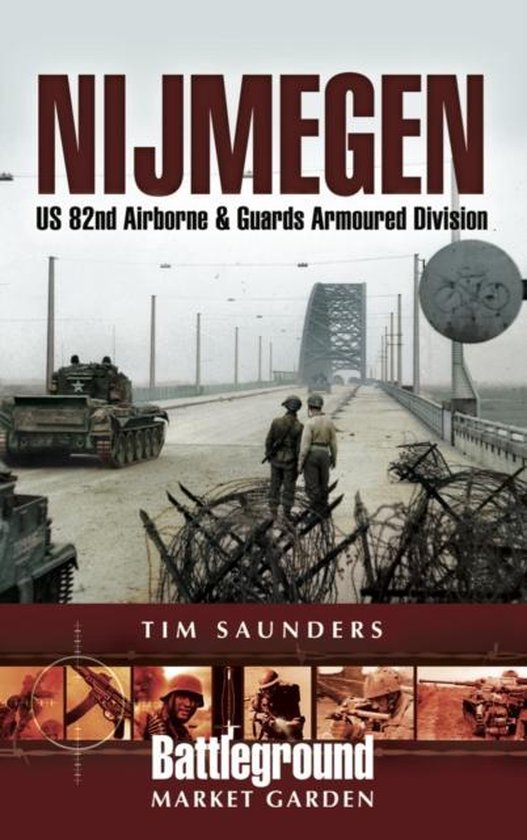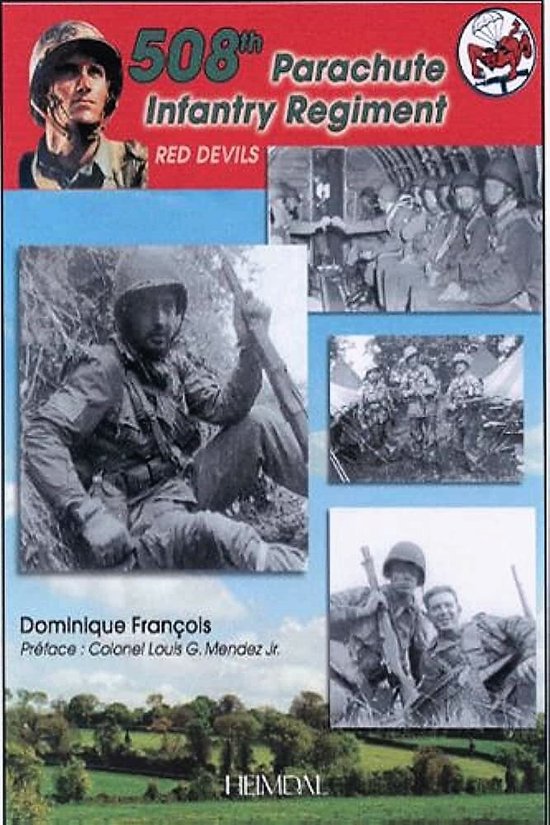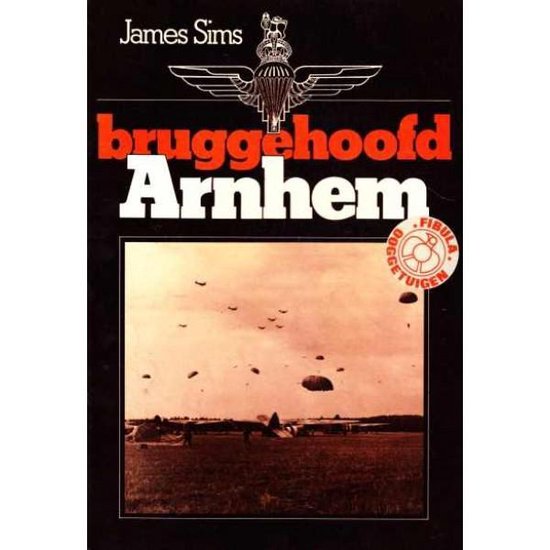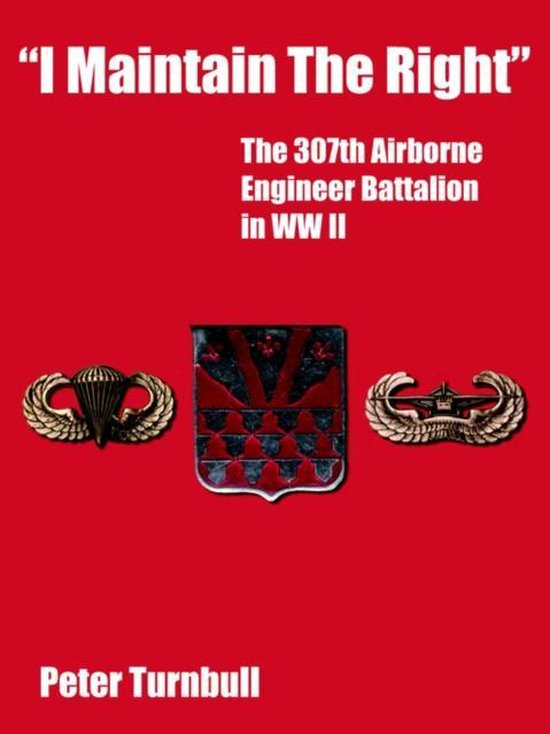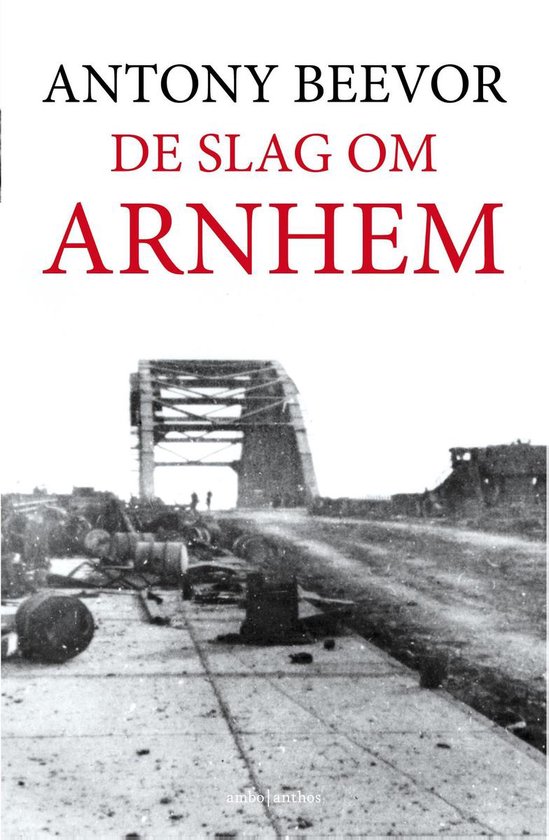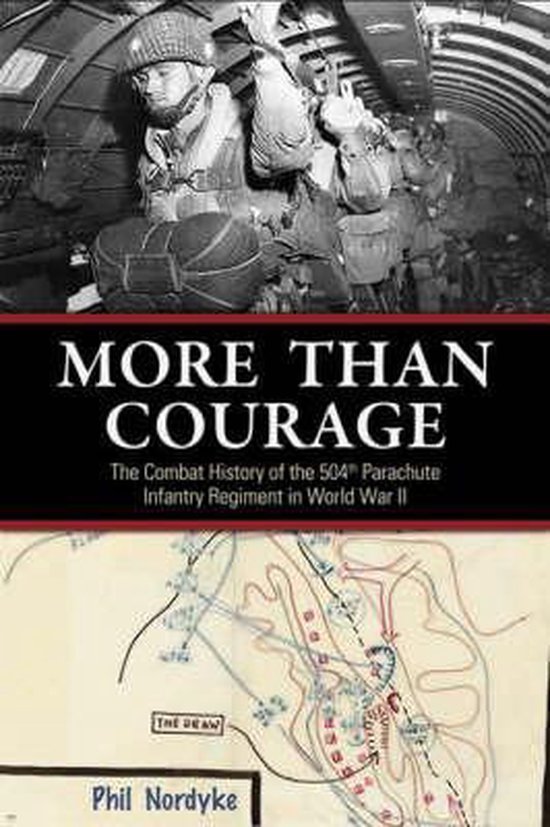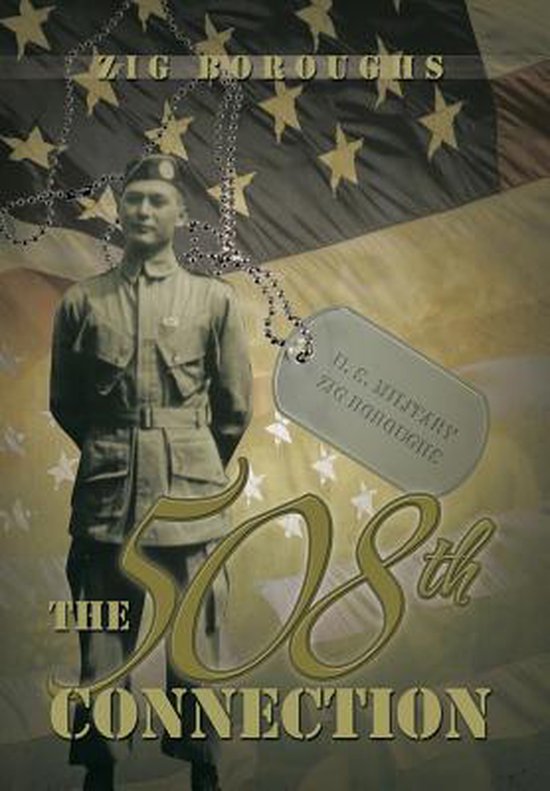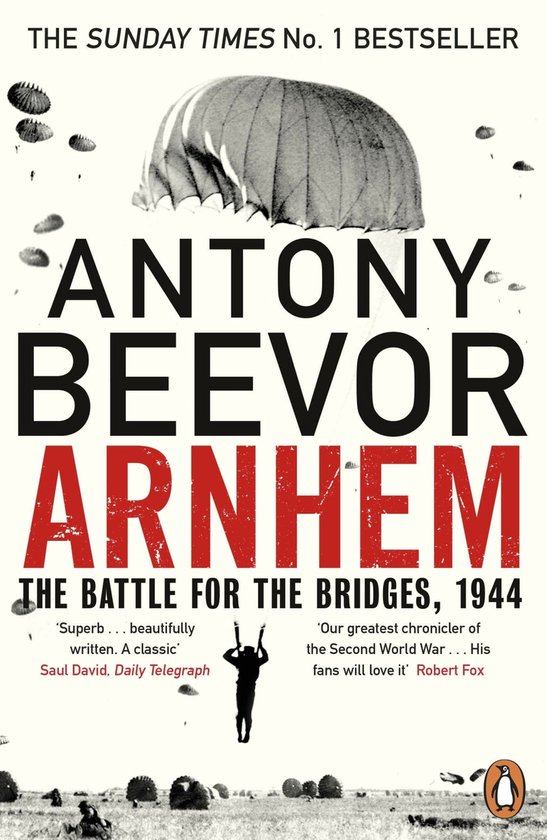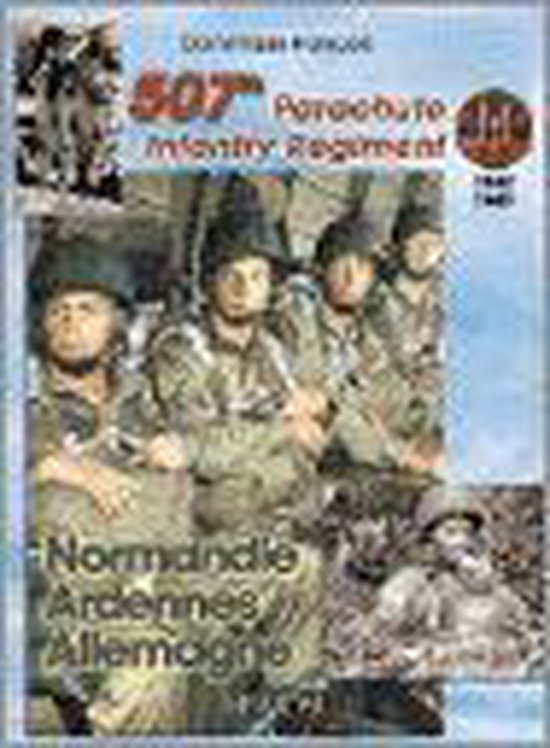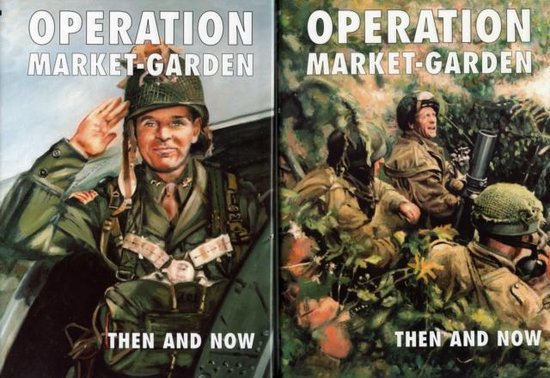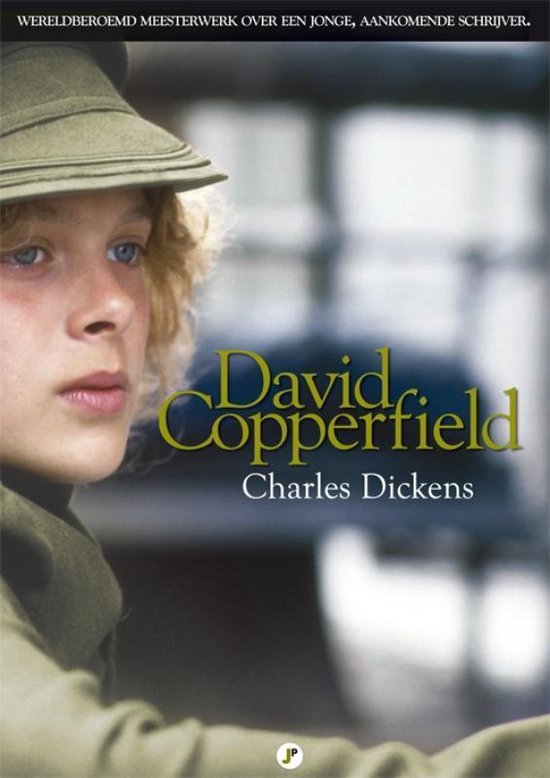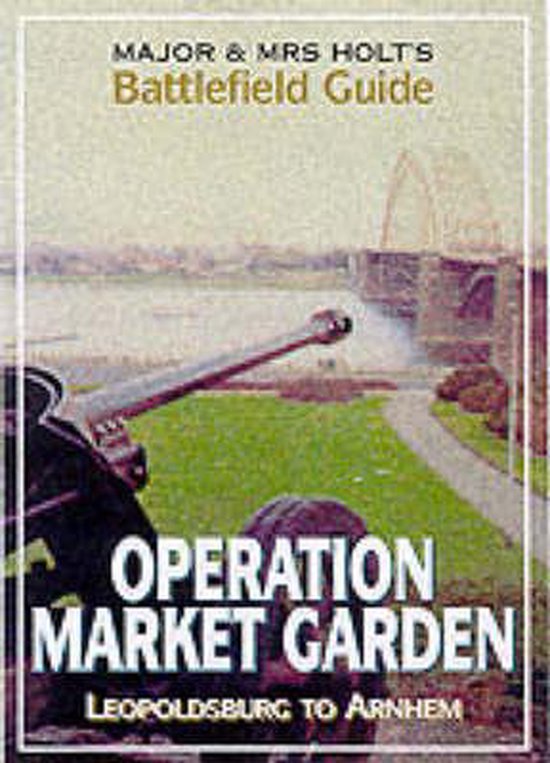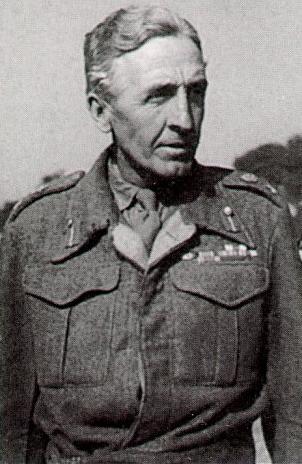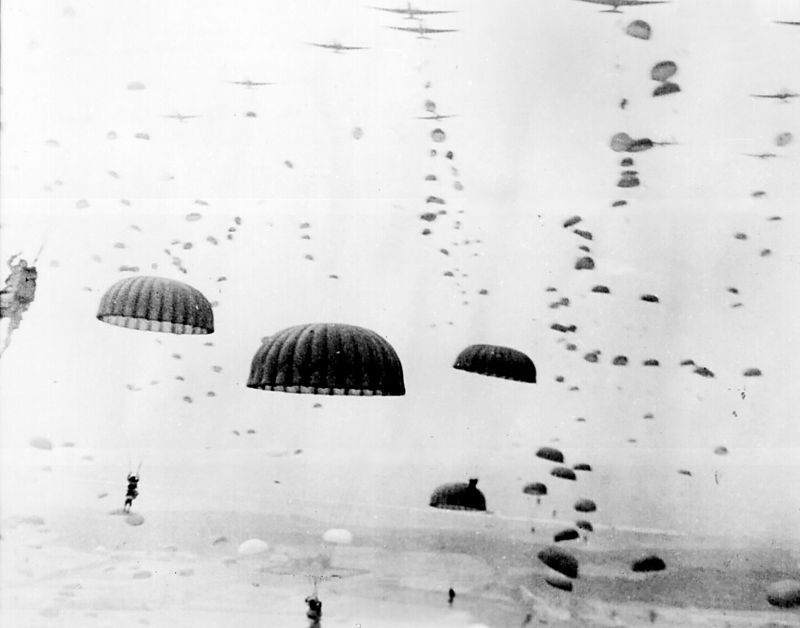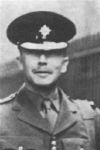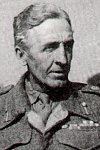Memorial Joe's Bridge Lommel
Brussels was liberated on 3 September 1944. The Guards Armored Division, part of XXX Corps, aimed its arrows at the north-east, towards the Dutch border. For this, two defended canals had to be crossed, first the Albert Canal and then the Maas-Scheldt Canal (also known as Meuse-Escaut). On 10 September, when Montgomery was given the green light for Operation Market Garden, the Guards were instructed to build a bridge across the Maas-Scheldt canal.
At that time, the Welsh Guards were still fighting for Hechtel. The Grenadier Guards and the Irish Guards made a circumferential movement for this and then moved on towards Grote Barreel and Overpelt respectively. The 2nd Household Cavalry explored the road. Only the advance through Overpelt reached the canal. Lieutenant J.N. Creswell from the Household Cavalry soon found one of the large buildings of the local zinc factory here. Here he had a perfect view of the bridge at Groote Barrier. The bridge, in the current N715, had been blown up by the Belgian army in 1940, a wooden bridge had taken its place. It was a high bridge, so as not to obstruct shipping traffic. It was already being prepared to be blown up. Creswell also saw two 88mm guns. A defensible position, but one that was to become the crucial starting point for Operation Market Garden.
Lieutenant-Colonel J.O.E. Vandeleur, commander of the 3rd Battalion, Irish Guards, wanted to take the bridge quickly, otherwise the Germans would blow it up. In addition to his tanks, he had support from the 2nd Battalion infantry, Irish Guards, but no artillery. He only had three engineers at his disposal to disable the fuses. He would supplement them with four of his infantrymen. The attack began at dusk on the evening of the 10th. Run by the tanks of Lieutenant D. Lampard and the infantry of Lieutenant Stanley-Clarke, it quickly conquered the bridge. The German defense became so overwhelmed that they did not get the chance to blow up the bridge or use the cannons effectively. Only three were injured on the British side.
The engineers then managed to rid the bridge of the explosives. Later they would put a Bailey bridge next to the high bridge to get more traffic over the canal. "I was so impressed with Vandeleur’s brilliant and inspiring leadership that I gave orders for the De Groot Bridge to be called, ‘Joe’s Bridge’."
- Lieutenant-General Horrocks.
Do you have more information about this location? Inform us!
Source
- Text: Jeroen Koppes
- Photos: Joris Nieuwint, The Battlefield Explorer (1, 2), Jeroen Koppes (3), Jan de Jager (4)
- WO 171/1256 War Diary 2 Irish Guards
- WO 171/1257 War Diary 3 Irish Guards
- HORROCKS, B., Corps Commander, Magnum Books, 1979.
- MARGRY, K., Operation Market-Garden, 2002.
- SLIZ, J., Bridging the Club Route.
Related books
Nearby
Museum
Point of interest
Monument
- Liberation Route Marker 100: Joe's Bridge - Lommel
- Chapel Our Lady Of Grace - Pelt
- Polish Memorial Polish Cemetery Lommel - Lommel
Cemetery
- Belgian Graves Veterans Overpelt Fabriek - Overpelt (Pelt)
- Polish War Cemetery Lommel - Lommel
- Belgian Graves Veterans Lommel Center Cmetery - Lommel
Fortification
- Bunker 11 Border Defence Bocholt-Herentals Canal - Lommel
- Bunker 12 Border Defence Bocholt-Herentals Canal - Lommel
- Bunker 10 Border Defence Bocholt-Herentals Canal - Lommel
